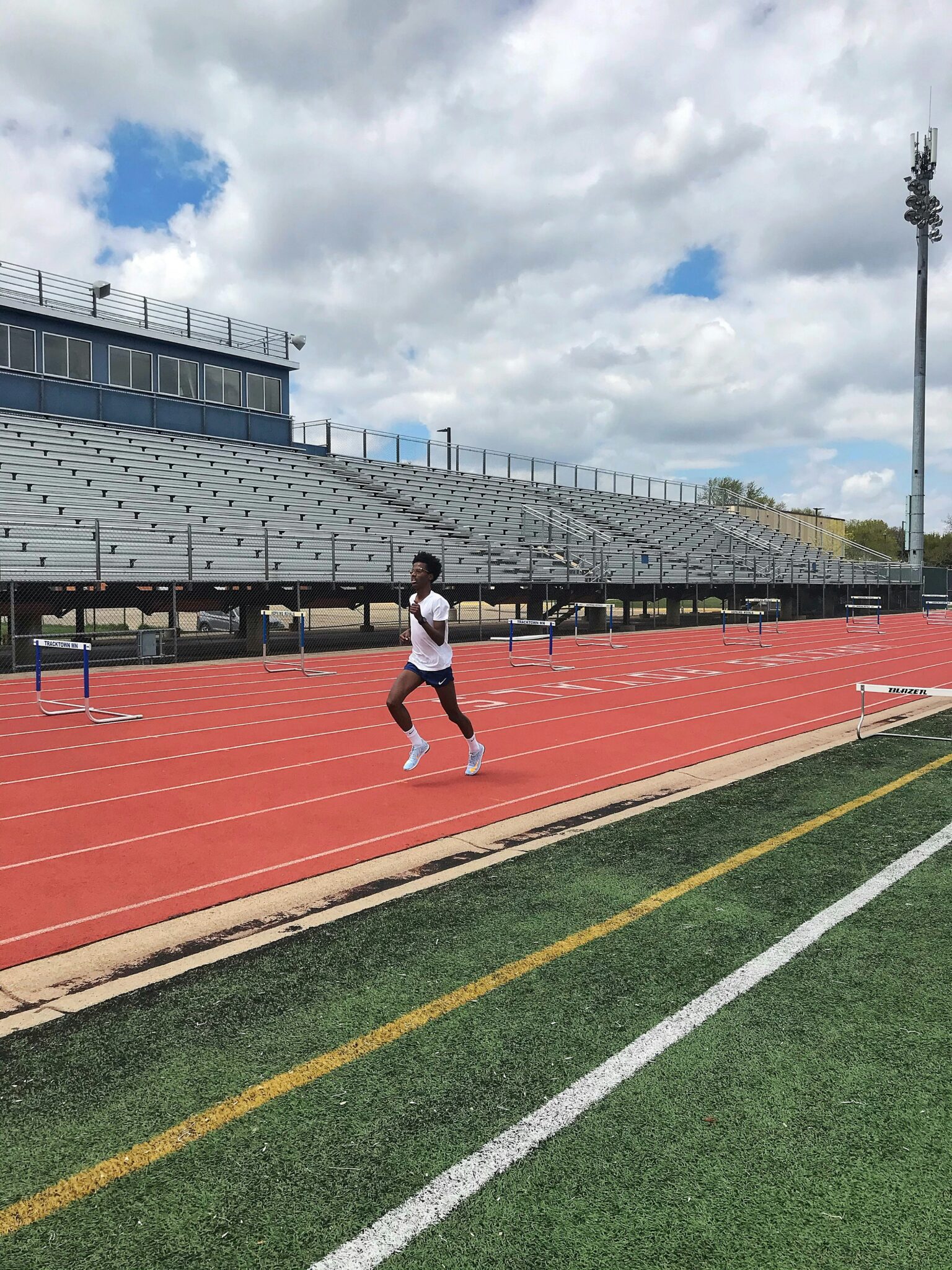The interplay between cardiorespiratory activities like running and resistance training, such as weightlifting, is a dynamic aspect of a well-rounded fitness routine. While running and weightlifting might seem like opposing forms of exercise, they can have a symbiotic relationship that contributes to overall fitness and performance. In this article, we delve into how running influences weightlifting, examining the potential benefits and considerations for incorporating both activities into your fitness regimen.
Cardiovascular Endurance and Recovery:
- Improved Cardiovascular Health:
- Running, especially aerobic forms like jogging or distance running, enhances cardiovascular endurance. A strong cardiovascular system supports efficient oxygen transport to muscles during weightlifting sessions, contributing to improved overall performance.
- Enhanced Recovery:
- Engaging in low-intensity running can serve as active recovery for weightlifters. Light jogging or brisk walking promotes blood circulation, helping to flush out metabolic byproducts and reduce muscle soreness after intense weightlifting sessions.
Metabolism and Fat Utilization:
- Caloric Expenditure:
- Running is an effective way to burn calories and contribute to weight management. Combining running with weightlifting can create a calorie deficit, supporting weight loss or maintenance goals.
- Metabolic Adaptation:
- Cardiovascular activities like running can enhance metabolic adaptation, improving the body’s ability to efficiently utilize energy during weightlifting. This can result in increased stamina and endurance during resistance training.
Joint Health and Flexibility:
- Joint Lubrication:
- Running, particularly weight-bearing forms like jogging, promotes joint lubrication. Improved joint health is beneficial for weightlifters, as it supports the performance of compound movements and reduces the risk of injuries.
- Dynamic Warm-Up:
- Running can serve as a dynamic warm-up for weightlifting sessions. Engaging in light running increases blood flow to muscles and raises body temperature, preparing the body for the demands of resistance training.
- Enhanced Flexibility:
- Regular running can contribute to enhanced flexibility, particularly in the lower body. Increased flexibility can positively impact the execution of weightlifting exercises, allowing for better form and range of motion.
Mental Toughness and Discipline:
- Endurance and Mental Resilience:
- Long-distance running cultivates mental resilience and endurance, qualities that can transfer to weightlifting. Building mental toughness through running can positively influence one’s ability to push through challenging weightlifting sets.
- Discipline and Consistency:
- Incorporating both running and weightlifting requires discipline and consistency. Establishing a balanced routine instills good fitness habits and promotes overall well-being.
Considerations and Recommendations:
- Balancing Intensity:
- Striking a balance between the intensity of running and weightlifting is crucial. High-intensity running sessions may impact weightlifting performance, so it’s important to tailor your routine to your individual fitness goals.
- Periodization:
- Implement a periodization approach that alternates between running-dominant phases and weightlifting-focused phases. This allows for targeted training and adequate recovery in each domain.
- Recovery and Listen to Your Body:
- Pay attention to recovery needs, especially if engaging in both running and weightlifting on consecutive days. Adequate sleep, proper nutrition, and active recovery practices are essential for overall well-being.
- Cross-Training Benefits:
- View running and weightlifting as complementary forms of cross-training. Cross-training enhances overall fitness by targeting different aspects of physical conditioning.
Running and weightlifting, when integrated strategically, can create a powerful synergy that contributes to holistic fitness. The cardiovascular benefits, joint health improvements, and mental resilience cultivated through running can positively influence weightlifting performance. As with any fitness regimen, it’s essential to tailor your routine to your individual goals, listen to your body, and strike a balance that promotes both cardiovascular health and strength training. By embracing the symbiotic relationship between running and weightlifting, you can achieve a well-rounded approach to fitness that enhances overall performance and well-being.



